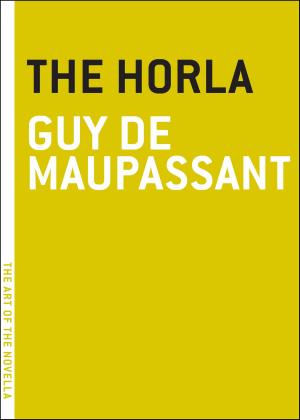Sister Bernadette's Barking Dog
The Quirky History and Lost Art of Diagramming Sentences
Nonfiction, Reference & Language, Language Arts, Grammar, Fiction & Literature, Essays & Letters, Essays, Entertainment, Humour & Comedy, General Humour| Author: | Kitty Burns Florey | ISBN: | 9781612194028 |
| Publisher: | Melville House | Publication: | June 3, 2014 |
| Imprint: | Melville House | Language: | English |
| Author: | Kitty Burns Florey |
| ISBN: | 9781612194028 |
| Publisher: | Melville House |
| Publication: | June 3, 2014 |
| Imprint: | Melville House |
| Language: | English |
“Kitty Burns Florey seems to write from a great wellspring of inner calm that derives from a gleeful appreciation of life's smallest details.”
—Richard Russo, Pulitzer Prize-winning author of Empire Falls
Once wildly popular in grammar schools across the country, sentence diagramming has fallen out of fashion. But are we that much worse for not knowing the word-mapping method?
Now, in this illustrated personal history that any language lover will adore, Kitty Burns Florey explores the rise and fall of sentence diagramming, including its invention by a mustachioed man named Brainerd “Brainy” Kellogg and his wealthy accomplice Alonzo Reed ... the inferior “balloon diagram” predecessor ... and what diagrams of sentences by Hemingway, Welty, Proust, Kerouac and other famous writers reveal about them.
Florey also offers up her own common-sense approach to learning and using good grammar. And she answers some of literature’s most pressing questions: Was Mark Twain or James Fenimore Cooper a better grammarian? What are the silliest grammar rules? And what’s Gertude Stein got to do with any of it?
“Kitty Burns Florey seems to write from a great wellspring of inner calm that derives from a gleeful appreciation of life's smallest details.”
—Richard Russo, Pulitzer Prize-winning author of Empire Falls
Once wildly popular in grammar schools across the country, sentence diagramming has fallen out of fashion. But are we that much worse for not knowing the word-mapping method?
Now, in this illustrated personal history that any language lover will adore, Kitty Burns Florey explores the rise and fall of sentence diagramming, including its invention by a mustachioed man named Brainerd “Brainy” Kellogg and his wealthy accomplice Alonzo Reed ... the inferior “balloon diagram” predecessor ... and what diagrams of sentences by Hemingway, Welty, Proust, Kerouac and other famous writers reveal about them.
Florey also offers up her own common-sense approach to learning and using good grammar. And she answers some of literature’s most pressing questions: Was Mark Twain or James Fenimore Cooper a better grammarian? What are the silliest grammar rules? And what’s Gertude Stein got to do with any of it?















